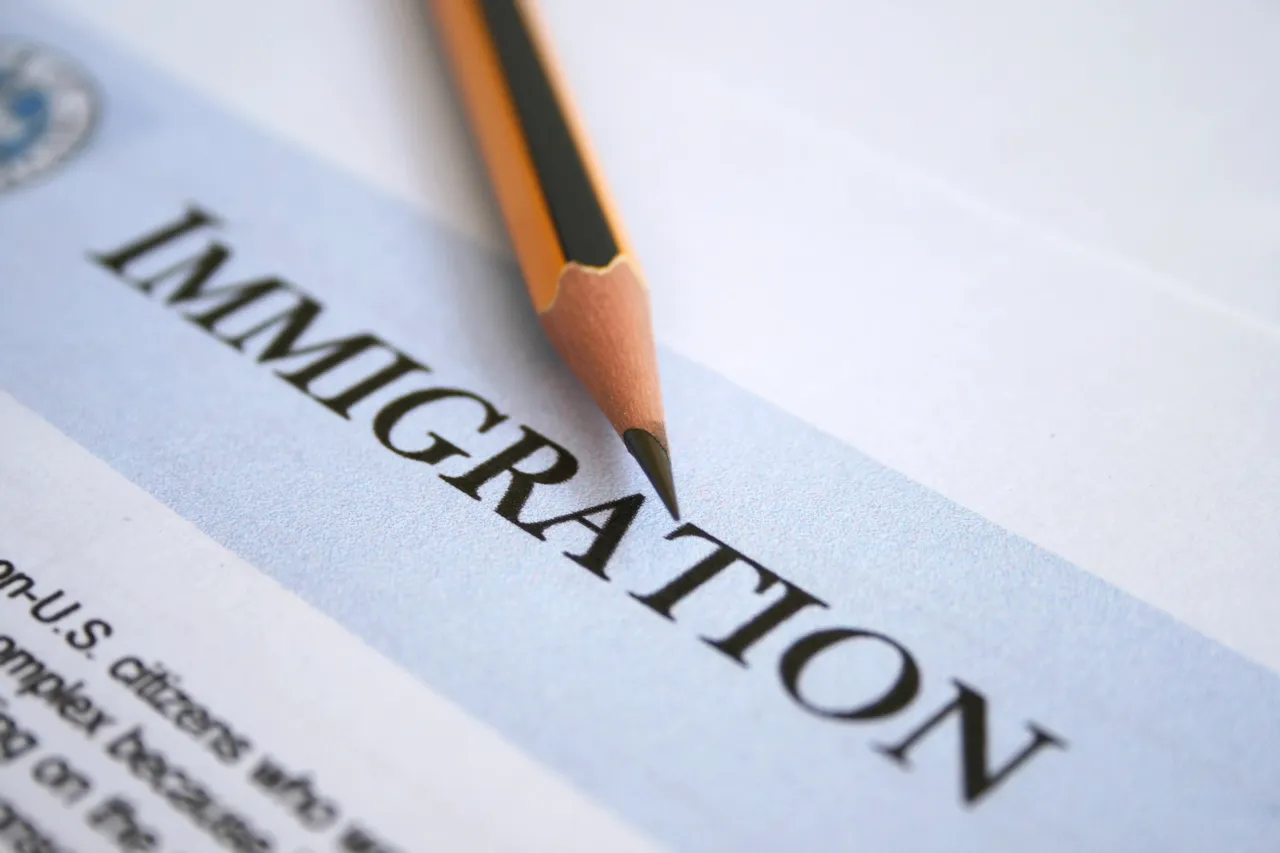How to Overcome Immigration Application Rejections and Appeals
Getting your immigration application rejected can be a stressful experience, but it's not the end of the road. There are ways to address the rejection and appeal the decision successfully. Here’s how to navigate the process and improve your chances the second time around.
1. Understand Why Your Application Was Rejected
The first step is figuring out why your application was denied. Common reasons include:
- Incomplete documents
- Missing deadlines
- Inaccurate or false information
- Failure to meet eligibility criteria
You’ll usually receive a rejection notice explaining why your application was turned down. Review this carefully so you can address the specific issues in your appeal.
2. Fix the Mistakes
Once you understand the problem, correct any errors before reapplying or appealing. For instance, if you didn’t provide all the necessary documents, gather them and ensure nothing is missing this time. If the issue is about eligibility, double-check that you meet the criteria or consult an expert to see if there are other routes you can take.
3. Appealing the Decision
If you believe the rejection was a mistake, you can appeal. The appeal process varies by country and type of application, but here are some general steps:
- Submit a formal appeal: This is a request to have your case reviewed again.
- Provide supporting evidence: Include any additional documents or corrections that strengthen your case.
- Meet deadlines: Appeals have strict timelines, so make sure you submit everything on time. Missing the deadline could close the door on your case.
You may also want to seek legal advice during this phase to help build a strong case for appeal.
4. Seek Professional Help
If you’re unsure about the reasons for your rejection or the appeal process seems overwhelming, consider working with an immigration consultant or attorney. They can help you understand the rejection, prepare your appeal, and ensure you don’t repeat any mistakes.
5. Explore Alternative Options
Sometimes, reapplying might be more effective than appealing. For example, if you’re applying for a visa but fail to meet the criteria, you might qualify under a different visa category. Exploring all your options with the help of a professional can help you choose the best course of action.
6. Be Patient and Persistent
Immigration processes can be slow and frustrating. Be prepared for waiting times, and don’t give up after one rejection. Many successful applicants have had to go through rejections before getting approved.
Conclusion
Facing an immigration rejection isn’t the end of your journey. By understanding why your application was denied, fixing mistakes, and considering an appeal or reapplication, you can increase your chances of success. And if things get complicated, don’t hesitate to seek professional help to guide you through the process. Stay persistent and keep your long-term goals in sight!







